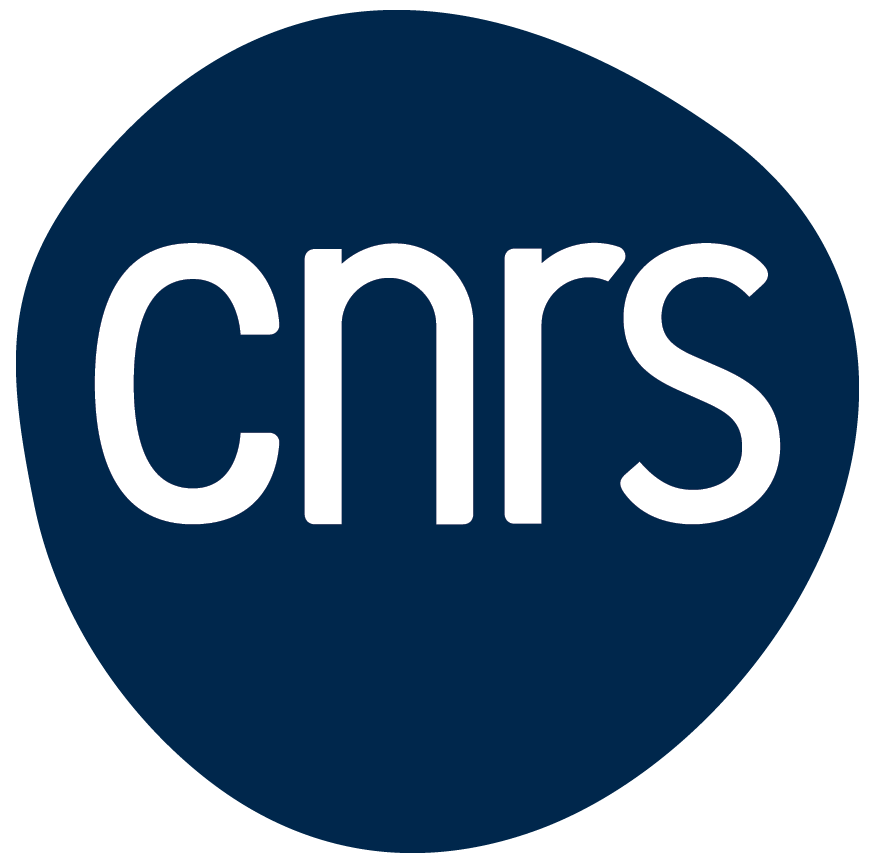Repetition processses and clinical change; drive economy, from networks to fractals : interdisciplinary research in psychoanalysis and complexity sciences
Processus de répétition et changement clinique ; économie de la pulsion, réseaux et fractales : recherche interdisciplinaire en psychanalyse et sciences de la complexité
Résumé
The object of this interdisciplinary research in psychoanalysis focuses on the processes underlying clinical change and their relation to repetition processes in the psyché. What interdisciplinary developments, unavailable in Freud's time, could help us to better conceive the passage between repetition and creation in a psychotherapeutic setting? How can we better apprehend the intricate and multilayered association networks (along with their energetic underpinnings) deployed in a psychoanalytic treatment? What more is there to say on drive entanglement in processes related to resistance, transference, working-through and the shift between the attracting poles of Eros/binding and Thanatos/splitting? To examine these complex psychical processes from a proper metapsychological standpoint -taking into account their dynamic, economical and topographical dimensions- we will identify key points of intersection between psychoanalysis and contemporary developments stemming from complexity science, taking into account deterministic chaos, network theories, scale invariance, self-similarity and optimisation principles. Our main hypothesis proposes that unconscious formations, notably repeating patterns and processes in the psyche, can be better understood in the light of self-similarity. It is of note that this major quality of fractal objects also has dynamical and energetic effects in the overall structure, often leading to optimization principles. In a nutshell: a metapsychological study on the morphodynamics of repetition and change as we encounter them in the clinical setting (I.E., transference, symptoms and other unconscious formations) by means of identifying transdisciplinary qualities of organization, notably self-similarity and energetic optimization. Thus, taking into account repetitions at different scales -either in an exact or stochastic manner- in the psyche poses important theoretical considerations as well as being a useful tool for clinical work. Nonetheless, the first step to test this hypothesis implies revisiting Freud's use of determinism in the face of contemporary developments, followed by the necessary articulation of theory with clinical facts stemming from classic literature as well as our clinical experience in the realm of neurosis and psychosis. We will give a basic introduction to the transdisciplinary concepts that we will be mobilizing, all the while trying to deploy their epistemological and clinical relevance for our psychoanalytic models. Our aim is to illustrate how this return to Freud with contemporary scientific references can account for repetitions which, beyond stereotypical rigidity, can open the way to creative possibilities in a cure. A common thread that emerged in the course of this research concerns the revelation of the self-similar qualities of primary processes that, following economic trends by means of optimization processes, reveal the close connection between the drives and repetition phenomena in the psyché. For one, this can shine new light on transference phenomena, whose repetition at different scales and dimensions (I.E., in time, or deployed in connection to a different object) can, beyond stereotypical rigidity, open the way for change. This vein of work opens not only new research possibilities within our own field, but also facilitates discourse and collaboration with other disciplines.
Quels apports interdisciplinaires, inaccessibles à l’époque de Freud, pourraient mieux révéler les enjeux pulsionnels des passages entre la répétition et le changement dans la clinique psychanalytique ? Depuis Freud, nous sommes conscients du rôle essentiel de l’association libre et du transfert en psychothérapie psychanalytique, notamment face aux tendances de répétition dans la psyché. Cependant, leurs mécanismes pulsionnels nécessitent une clarification approfondie. L'objectif de notre recherche est de revisiter certains développements freudiens inspirés des sciences de son époque à la lumière des avancements contemporains. En revisitant l'œuvre de Freud depuis notre contemporanéité, nous tentons de rendre compte, de manière plus approfondie, des dimensions économiques sous-jacentes aux possibilités créatrices dans une cure. Nous examinerons les intersections possibles entre la psychanalyse et divers apports scientifiques contemporains, notamment ceux des sciences de la complexité, tels que la théorie des réseaux et la self-similarité, caractéristique inhérente à des processus répétitifs pouvant obéir aux principes d’optimisation énergétique, comme c’est le cas dans certaines structurations fractales. Il s’agit ainsi d’une étude métapsychologique sur la morphodynamique de la répétition et du changement dans une cure, en faisant retour à l’inspiration interdisciplinaire de Freud. Le premier pas comprend une révision épistémologique sur l’usage du déterminisme chez Freud face aux développements contemporains, tout en essayant de faire une articulation de la théorieface au réel clinique, ce qui est étayé sur le travail thérapeutique avec la névrose et la psychose. Nous ferons une succincte introduction aux concepts transdisciplinaires que nous allons mobiliser dans trois axes fondamentaux, allant de l’associativité aux réseaux, de l’optimisation économique à la liaison et l’auto-organisation, et aboutissant sur les qualités self-similaires des hallucinations. Le fil conducteur de cette recherche concerne le repérage des processus d’organisation qui semblent obéir aux principes d’optimisation économique, notamment en identifiant des qualités self-similaires des processus primaires, mettant en lumière la connexion étroite entre les phénomènes de répétition dans la psyché et leur statut pulsionnel, par exemple, l’apport économique du transfert qui peut mobiliser des dynamiques de changement dans une psychothérapie. Nous examinons les lois de l’association telles qu'évoquées par Freud, débouchant sur des théories contemporaines des processus d’agglomération et des réseaux. Ceci nous permet de mieux appréhender l'intrication des principes énergétiques, de liaison et de déliaison, de circulation et de structure. La prise en compte des instabilités soudaines, conduisant à des états loin de l’équilibre, nous offre une perspective pour revisiter des phénomènes émergeant au-delà de l’homéostasie, tels que les hallucinations, ainsi que les constructions considérées comme symptomatiques et les possibilités créatives.
| Origine | Version validée par le jury (STAR) |
|---|
